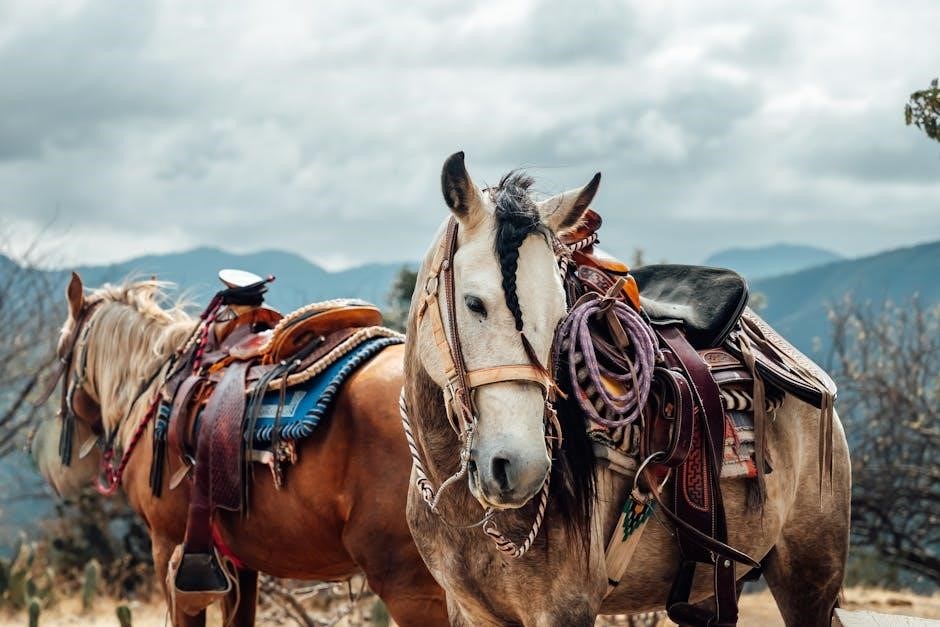Choosing the right western saddle size ensures comfort and performance for both rider and horse. This guide helps determine proper fit based on rider size, horse breed, and riding style, offering charts and expert tips for a perfect match.
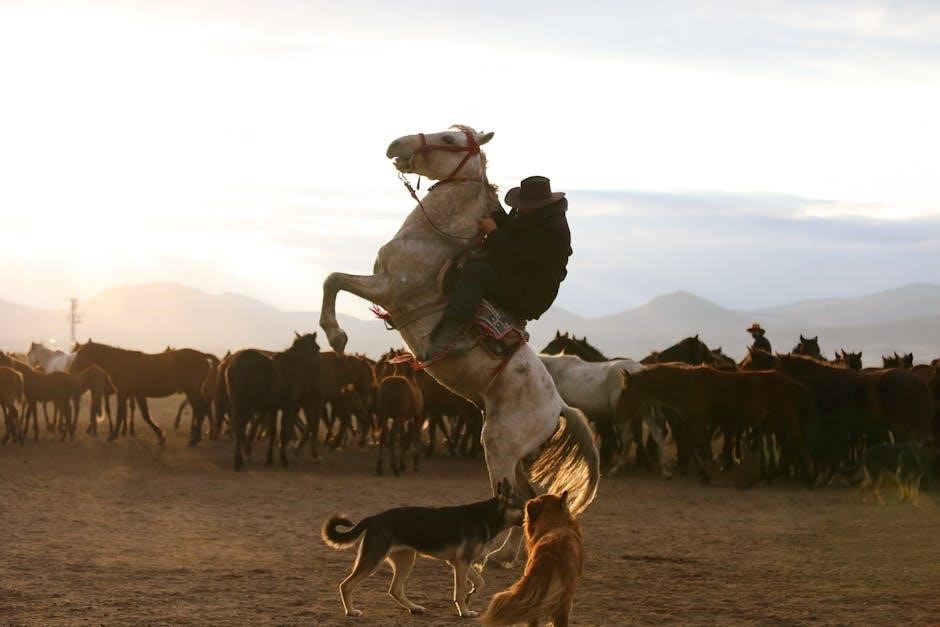
Key Considerations for Choosing the Right Size
Consider rider weight, leg length, and horse breed when selecting a saddle. Proper fit ensures comfort and balance, while incorrect sizing can lead to discomfort or restricted movement for both rider and horse.
Importance of Proper Fit
A well-fitting western saddle is crucial for both rider comfort and horse welfare. Proper fit prevents pressure points, ensuring optimal performance and reducing the risk of injury. It also enhances balance and control, making rides more enjoyable and safe.
Factors Influencing Size
Several factors determine the appropriate western saddle size, including rider weight, height, and leg length. The horse’s breed, size, and back shape also play a significant role. Additionally, riding style and discipline influence the choice, as different activities require specific saddle features.
Understanding Western Saddle Seat Sizes
Understanding western saddle seat sizes is crucial for a proper fit. Seats range from youth (12-13 inches) to extra-large adult (up to 18 inches), each catering to different rider needs. Proper fit ensures comfort and performance, tailored to individual preferences and riding styles.
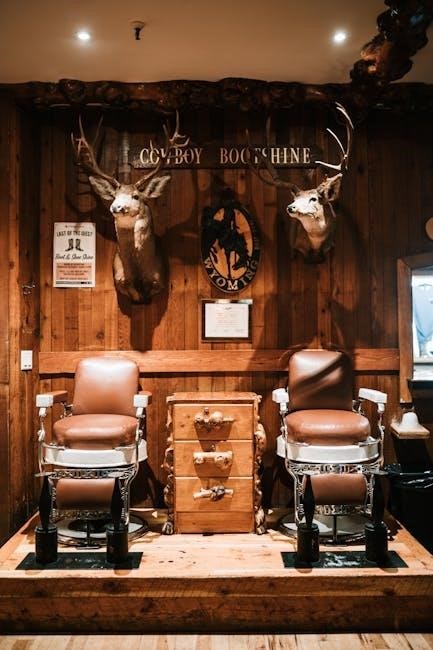
Seat Size Chart Overview
A comprehensive seat size chart is essential for selecting the ideal western saddle. Ranging from youth sizes (12-13 inches) to extra-large adult sizes (up to 18 inches), the chart provides a clear guide for riders of all ages and body types. It ensures that each rider can find a saddle that offers optimal comfort and support. The chart also considers the rider’s weight and leg length, helping to determine the perfect fit. By referencing this chart, riders can avoid common sizing mistakes and ensure their saddle aligns with their specific needs. Proper fit not only enhances riding performance but also promotes the well-being of both the rider and the horse. This overview serves as a foundational tool for anyone looking to purchase a western saddle, offering a straightforward and effective way to make an informed decision.
Youth Sizes

Youth western saddle sizes are designed to accommodate younger riders, typically ranging from 12 to 13 inches in seat size. These smaller saddles are tailored to fit children’s shorter legs and smaller frames, ensuring comfort and proper support. When measuring for a youth saddle, it’s important to consider the child’s upper leg length from the knee to the back, adding about 10 inches to determine the appropriate saddle size. This ensures the saddle is neither too small nor too large, allowing for growth and comfort during rides. Proper fit is crucial for young riders, as it helps them maintain balance and control while developing their riding skills. Youth saddles are often lightweight and durable, made from materials that withstand regular use. Many manufacturers offer adjustable features, such as interchangeable seat sizes, to accommodate growing children. By investing in a well-fitting youth saddle, parents can help their child enjoy a safe and enjoyable riding experience. This size range is ideal for children who are just beginning their equestrian journey.
Small Adult Sizes
Small adult western saddle sizes are typically designed for riders who prefer a more compact seat, usually measuring around 14 inches. This size is ideal for smaller-framed adults or those with shorter torsos, ensuring a comfortable and secure riding position. When selecting a small adult saddle, it’s essential to consider both the rider’s leg length and the horse’s back to maintain proper balance and support. The 4-inch rule, which allows for a hand’s width between the rider’s body and the saddle’s swell, is a helpful guideline to ensure a precise fit. However, saddle sizes can vary slightly between brands, so it’s advisable to try a saddle before purchasing if possible. A well-fitting small adult saddle promotes better control, reduces fatigue, and enhances the overall riding experience. Riders should also consider the saddle’s weight and durability, as smaller sizes are often lightweight yet sturdy enough for regular use. By choosing the right small adult saddle, riders can enjoy a more comfortable and efficient ride, tailored to their specific needs. Proper fit is crucial for both the rider and the horse to ensure optimal performance and comfort during any riding activity.
Average Adult Sizes
Average adult western saddle sizes are the most common choice for riders, typically measuring 15 inches. This size is designed to accommodate a wide range of adult riders, providing a balanced and comfortable fit. The 15-inch saddle is versatile, suitable for various riding styles and disciplines, from trail riding to working cattle. It offers ample support for the rider’s seat and thighs while maintaining mobility. When selecting an average adult saddle, consider factors such as rider height, weight, and leg length to ensure proper fit; A saddle that is too small or too large can lead to discomfort and poor control. For example, a rider with a longer leg may find a 15-inch saddle slightly cramped, while a shorter-legged rider may find it ideal. Additionally, the horse’s back size and shape should be considered to ensure the saddle sits correctly. A well-fitting average adult saddle promotes better control, reduces fatigue, and enhances the overall riding experience. Riders should also pay attention to the saddle’s weight and durability, as it directly impacts comfort and performance. By choosing the right average adult saddle, riders can enjoy a more comfortable and efficient ride, tailored to their specific needs. Proper fit is crucial for both the rider and the horse to ensure optimal performance and comfort during any riding activity.

Large Adult Sizes
Large adult western saddle sizes are designed for taller or heavier riders, typically measuring 16 inches in seat size. This size provides ample support and comfort for riders with longer legs or a broader build. The 16-inch saddle is ideal for those who need more room in the seat without sacrificing control or mobility. It is commonly preferred by riders who spend long hours in the saddle, as it distributes weight more evenly and reduces fatigue. When choosing a large adult saddle, consider the rider’s height, weight, and leg length to ensure proper fit. A saddle that is too small can lead to discomfort and restricted movement, while one that is too large may feel cumbersome. For example, a rider with a longer inseam may find a 16-inch saddle more comfortable, while a shorter-legged rider might prefer a smaller size. Additionally, the horse’s back size and shape should be considered to ensure the saddle sits correctly. A well-fitting large adult saddle promotes better control, reduces discomfort, and enhances the overall riding experience. Riders should also consider the saddle’s weight and durability, as it directly impacts comfort and performance. By selecting the right large adult saddle, riders can enjoy a more comfortable and efficient ride, tailored to their specific needs. Proper fit is crucial for both the rider and the horse to ensure optimal performance and comfort during any riding activity.
Extra-Large Adult Sizes
Extra-large adult western saddle sizes cater to riders with a larger frame or those needing maximum comfort and support. Typically measuring 17 inches or more in seat size, these saddles are designed for tall, heavy, or long-legged riders. The 17-inch saddle offers a spacious seat, ensuring comfort during long rides and providing better weight distribution. This size is particularly beneficial for riders who prioritize comfort and stability, as it allows for a more relaxed riding position. When selecting an extra-large saddle, it’s essential to consider both the rider’s measurements and the horse’s back size to ensure proper fit. A saddle that is too large may shift or cause discomfort for the horse, while one that is too small can restrict the rider’s movement. For instance, a rider with a long inseam or a broader build may find a 17-inch saddle ideal, offering the necessary support and freedom of movement. Additionally, the saddle’s weight and material should be considered to balance comfort and durability. By choosing the right extra-large saddle, riders can enjoy a comfortable and supportive ride, enhancing their overall riding experience. Proper fit is crucial for both the rider and the horse to ensure optimal performance and comfort during any riding activity.
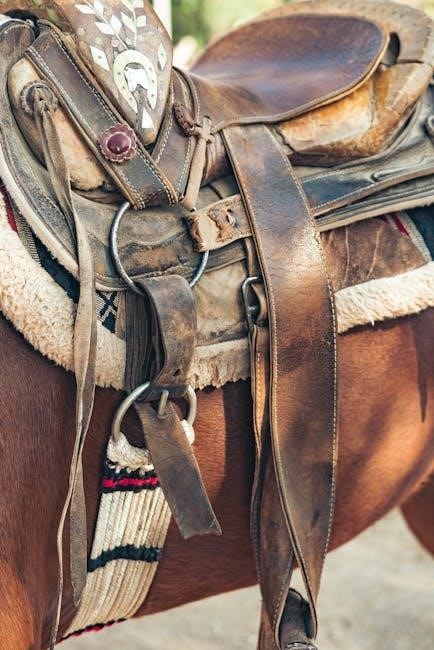
How to Measure for a Western Saddle
Measure the rider’s upper leg from the knee to the back to determine saddle length. Ensure the saddle is 10 inches longer than the child’s leg or fits the adult rider’s inseam comfortably. Use a tape measure for accuracy.
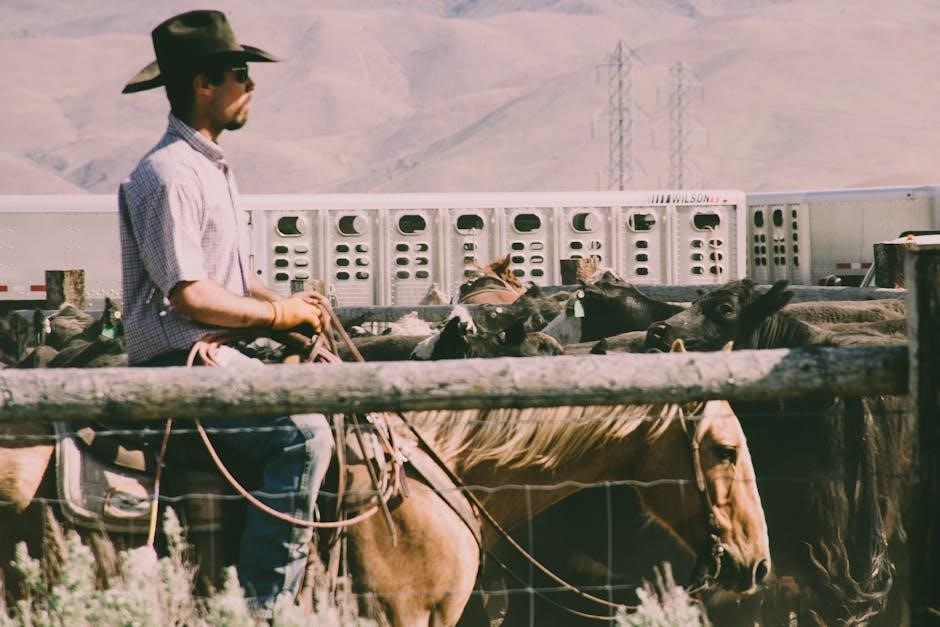
Measuring the Rider
Measuring the rider is crucial for ensuring a proper fit. For adults, the 4-inch rule applies: there should be about 4 inches between the front of the rider’s body and the swell of the saddle. This allows comfort and freedom of movement. Seat sizes typically range from 12 to 17 inches, corresponding to different rider sizes. For children, the saddle should be 10 inches longer than the child’s upper leg measurement from the knee to the rear. Use a flexible tape measure to determine the rider’s inseam, as this will help in selecting the appropriate seat size. Consider factors like body type and riding style, as these can influence the ideal saddle fit. Proper measurement ensures the saddle supports the rider correctly, preventing discomfort and improving control. Always refer to a detailed seat size chart to match measurements with the correct saddle size for optimal comfort and performance. Accuracy is key to finding the perfect fit for both rider and horse.
Measuring the Horse
Measuring the horse is essential to ensure the saddle fits properly and provides comfort. Start by measuring the length of the horse’s back, from the base of the withers to the last rib, to determine the appropriate saddle size. The saddle should fit snugly without putting pressure on the horse’s spine or ribs. Use a flexible tape measure or a string to mark these points. The average western saddle fits horses with a back length of 21 to 25 inches. Additionally, measure the distance from the withers to the hip to ensure proper alignment. The saddle should sit evenly, with the skirt extending about 1-2 inches past the horse’s ribcage. For girth size, measure the circumference of the horse’s barrel, typically 2-4 inches below the withers. A well-fitting saddle allows for a 2-finger gap between the cinch and the horse’s side. Proper measurement ensures the saddle distributes weight evenly, promoting the horse’s comfort and mobility. Always consider the horse’s breed and build when selecting a saddle size for the best fit.
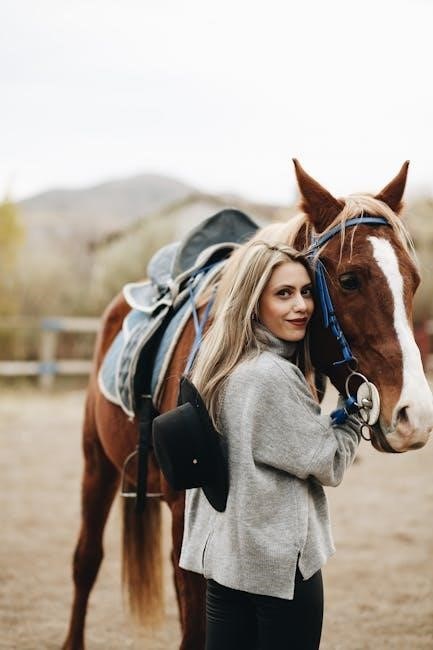
Western vs. English Saddle Seat Sizes
Western and English saddles differ significantly in seat size and design, catering to distinct riding styles. Western saddles feature larger, more supportive seats, with sizes ranging from 12 inches for youth to over 17 inches for extra-large adults. These saddles prioritize comfort during long rides and are often shaped to accommodate a more relaxed posture. In contrast, English saddles have smaller, flatter seats, typically measured in centimeters, with sizes like 16.5″ or 17.5″. English saddles emphasize close contact between rider and horse, making them ideal for disciplines like jumping or dressage.
The seat size for English saddles often follows a “4-inch rule,” where the rider’s thigh should fit comfortably with about 4 inches of space in front. Western saddles, however, focus on overall fit, ensuring the rider’s legs are positioned correctly without pressure points. Understanding these differences is crucial for selecting the right saddle for your riding needs and preferences. Proper fit ensures both rider comfort and optimal performance.
The Role of Saddle Fittings
Saddle fittings play a crucial role in ensuring both rider comfort and horse well-being. Properly fitted saddles prevent discomfort, soreness, and long-term damage to the horse’s back. A well-fitted saddle distributes weight evenly, allowing the horse to move freely without restriction. For riders, a correct fit enhances balance, control, and overall riding performance. Saddle fittings involve assessing the horse’s conformation, muscle development, and movement, as well as the rider’s size, weight, and riding style. Regular fittings are essential, especially for growing horses or those changing disciplines, to maintain optimal fit and adjust as needed. Working with a professional saddle fitter can provide personalized recommendations, ensuring the saddle meets both the horse’s and rider’s specific needs. This expertise helps extend the saddle’s lifespan and ensures a harmonious riding experience. Proper saddle fittings are an investment in the health and happiness of both horse and rider.
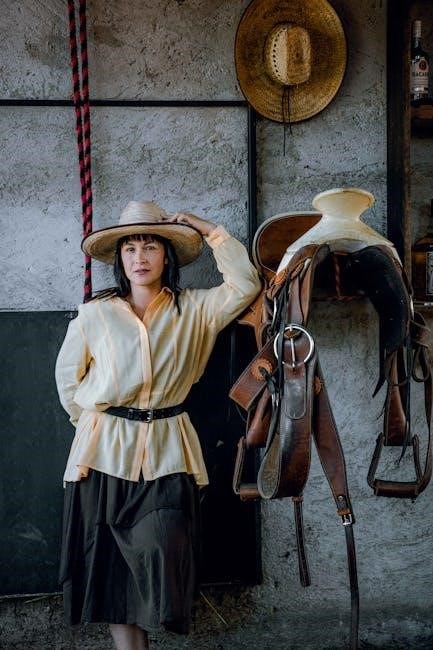
Western Saddle Accessories
Western saddle accessories like girths, cinches, and stirrups enhance comfort and functionality. Girths and cinches secure the saddle, while stirrups provide support and control, ensuring a safe and enjoyable riding experience for both rider and horse.
Girth and Cinch Sizes
Girth and cinch sizes are crucial for proper saddle fit and horse comfort. Girths typically range from 20 to 54 inches, with sizes varying based on the horse’s breed, size, and body type. A well-fitted girth should allow for two fingers of space between the girth and the horse’s ribs to ensure comfort and prevent restriction. Cinches, on the other hand, are often smaller, with sizes ranging from 20 to 38 inches. They are designed to work in conjunction with the girth to secure the saddle in place; Proper sizing ensures even pressure distribution, which is essential for the horse’s mobility and overall well-being. It’s important to measure accurately and choose materials that provide both support and flexibility. Additionally, regular adjustment and inspection of girths and cinches are necessary to maintain optimal fit and performance. This ensures a safe and comfortable riding experience for both the horse and rider.
Stirrup Length and Fit
Stirrup length and fit are essential for rider comfort and control. The correct stirrup length ensures proper foot placement and prevents discomfort or loss of balance. To determine the right size, measure the distance from the bottom of the heel to the top of the stirrup while seated in the saddle. A general rule of thumb is that stirrups should be about 4 inches shorter than the rider’s inseam. This allows for a comfortable riding position without restricting movement. Proper fit also ensures the stirrup stays securely on the foot during riding, providing stability and control. If the stirrups are too long, they may cause the foot to slide forward, leading to discomfort or difficulty managing the reins. Conversely, stirrups that are too short can make it hard to maintain proper posture. Always test stirrup length while mounted to ensure the perfect fit for your riding style and footwear. Regular adjustments may be necessary, especially if changing boots or riding conditions.
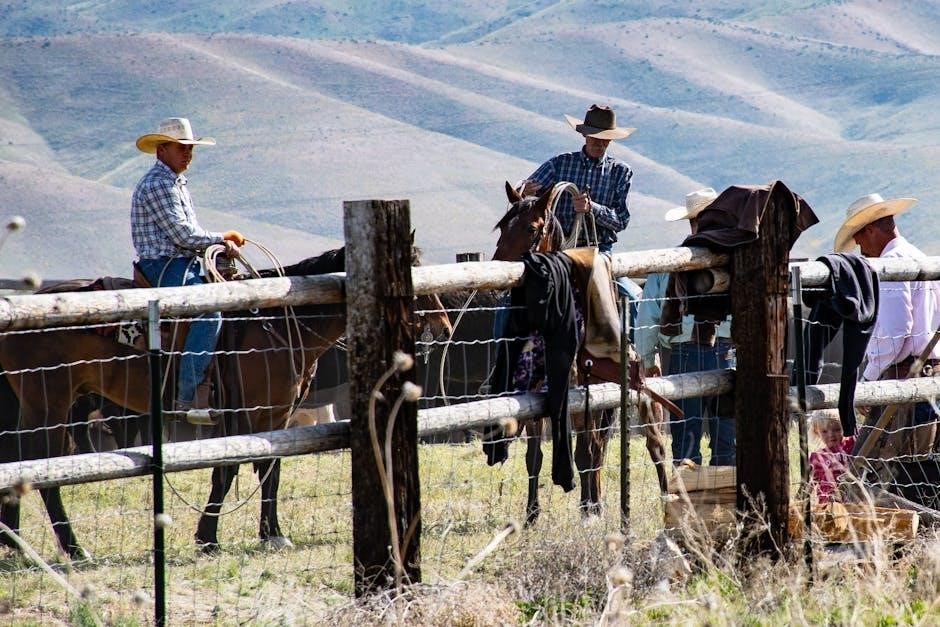
Tips for Buyers
When purchasing a western saddle, prioritize fit for both rider and horse. Try before buying if possible, seek expert advice, and consider your riding style and needs. Ensure proper sizing for comfort and performance.
Where to Buy
When searching for the perfect western saddle, consider purchasing from reputable retailers, whether online or in-store. Specialized tack shops and equine supply stores often carry a wide range of sizes and styles. Online platforms like Amazon or equine-specific websites offer convenience and customer reviews to guide your decision. Local saddle makers or custom crafters can provide tailored options, ensuring a precise fit for both rider and horse. Additionally, many manufacturers have official websites where you can purchase directly, benefiting from warranties and return policies. Always research the seller’s reputation and read reviews to ensure quality and satisfaction. Visiting a store allows you to try saddles in person, while online shopping offers broader selection and competitive pricing. Regardless of the choice, prioritize retailers that emphasize proper sizing and fit to meet your specific needs.
How to Maintain
Proper maintenance is essential to extend the life of your western saddle. Regular cleaning with mild soap and water helps remove dirt and sweat, preserving the leather’s integrity. Avoid harsh chemicals or abrasive materials that could damage the finish. Conditioning the leather with specialized oils or wax ensures suppleness and prevents cracking over time.
Store the saddle in a cool, dry place, away from direct sunlight, to prevent fading or warping. Use a sturdy saddle rack to maintain its shape and avoid stacking items on top of it. Inspect the saddle periodically for signs of wear, such as loose stitching or damaged hardware, and address these issues promptly to prevent further deterioration.
For riders who use their saddles frequently, consider professional cleaning or conditioning services to maintain optimal condition. Regular maintenance not only protects your investment but also ensures the saddle remains comfortable and functional for both rider and horse. By following these care tips, you can enjoy your western saddle for years to come.
Common Mistakes in Saddle Sizing
When selecting a western saddle, riders often make avoidable mistakes that affect comfort and performance. One common error is guessing the size instead of taking precise measurements. Riders may also overlook the importance of considering their body type, riding style, and the horse’s breed or size. Another mistake is failing to account for the 4-inch rule, which ensures adequate space between the rider’s body and the saddle’s swell. Ignoring the need to measure both the rider and the horse accurately can lead to a poor fit. Additionally, some riders rely on outdated or incorrect sizing charts, assuming they apply universally. Using improper tools or methods to measure can also result in sizing errors. Lastly, not seeking guidance from saddle fitters or experts is a frequent oversight. These mistakes can lead to discomfort, decreased performance, and even health issues for the horse. Avoiding these common pitfalls ensures a better fit for both rider and horse.
